From plant to extract – essential oils in animal nutrition
The interest of using essential oils in animal nutrition as a plant-derived alternative to antibiotics in today's feed industry is steadily rising. Explore in this article how to use the power of nature in a concentrated way…
Are you one of those people who first need a hot cup of tea to get into the aisles in the morning? If so, you are probably not aware that when making a cup of tea, we already practice the simplest form of extraction. And this is what the current article is about: from plant to extract – featuring essential oils in animal nutrition. In animal nutrition, plant extracts, especially essential oils (EO), have become indispensable effective components in feed additives. Therefore, this article will sort of focusing on an “upstream” step in obtaining these desired substances. Let´s get started!
After reading this article you will know about…
- the composition of essential oils
- the extraction process and methods of obtaining essential oils
- factors that impact the quality of essential oils
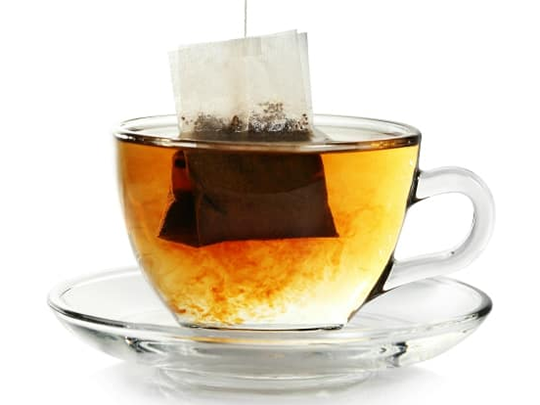
It´s tea time
Let´s go back to the matter with the tea first: what happens in this daily, seemingly simple process? For the preparation of a cup of tea, a certain amount of herbal drug (usually in the form of a tea bag or loose) is poured with a certain amount of boiling water, then covered and left to brew for an average of 5 to 10 minutes. Then either the tea bag is removed, or the loose plant part is strained off. The finished drink, our cup of tea, now contains some of the precious herbal ingredients, which may contribute to our well-being. In this example, water represents the solvent and the tea corresponds to a finished extract.
Extraction
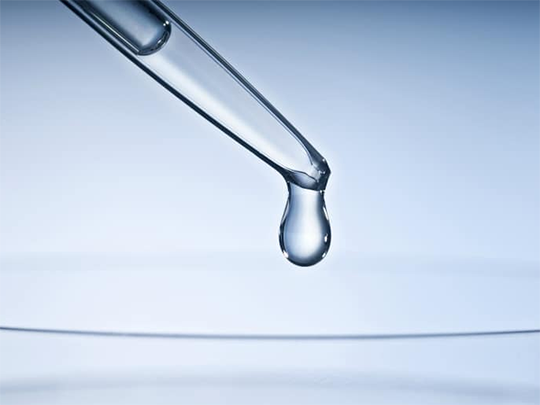
In pharmacy, the term “extract” refers to a pharmaceutical preparation which is obtained from different raw materials by an extraction process using a solvent (water, alcohol). To produce extracts, primarily fresh or dried plants (or parts of plants) are used. Extraction is the oldest form of preparation of medicinal plants known to mankind. The use of medicinal plants as oily or aqueous extracts has been documented for thousands of years. In modern phytotherapy, medicinal plants are most frequently processed in the form of a plant extract. A distinction is made between different types of extracts: The common spectrum varies from liquid extracts, like fluid extracts or tinctures (higher alcoholic content, less concentrated), over “thick skimmed” extracts to dry extracts (solvent completely removed). Since sometimes, extraction is not enough in order to obtain the desired bioactive compounds occurring in plant material, often consisting of multi-component mixtures, further purification processes (e.g. via chromatographic techniques) are necessary to isolate the bioactive compounds.
The object of desire: bioactive compounds
Let’s dive deeper in essential oils in animal nutrition: Next to essential “primary” nutritional components (e.g. water, vitamins, carbohydrates or proteins), plants contain so called secondary substances of biologically active non-nutrients. The collective term “secondary plant substances” refers to a group of chemically very different compounds which have in common that they are exclusively synthesized by plants. The classes of secondary plant metabolites – also referred to as bioactive substances – include i.a. phenolics (e.g. flavonoids, tannins), alkaloids (e.g. capsaicin), saponins, terpenes and lipids (e.g. essential oils).
Secondary means that the plant needs the substances neither for the energy metabolism nor for the cell structure. Nevertheless, they are vital for the plant organism and serve as flavorings, colorings, fragrances and defense substances. For a long time, they were given little attention, though today it is known that secondary plant substances also fulfil important protective functions in humans and animals. As essential oils are often used in the production of phytogenic feed additives and mainly found in well formulated, proven products, we would like to take a closer look at these bioactive substances.
Good to know
The knowledge about the health-promoting effect of essential oils is old. The ancient Egyptians already knew the disinfectant properties of essential oils and used them for mummification. In Europe, the targeted use of 100% pure oils first came up during the First World War, when they were used to counteract bedsore of the wounded men. Besides, essential oils were effective in lowering fever, supporting wound healing or alleviating pain.
Essential oils in animal nutrition – what´s behind?
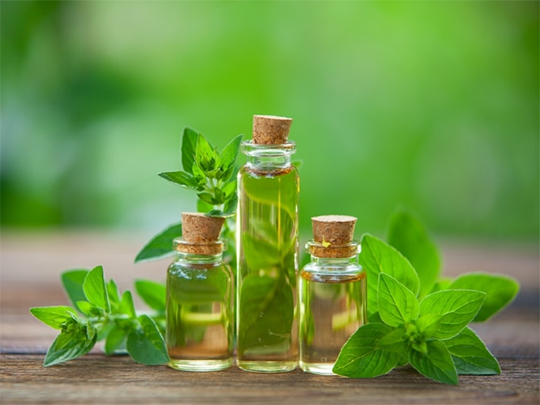
Natural essential oils consist of 100 percent plant material. They contain the elixir of life of plants in concentrated form. Essential oils are defined as volatile aromatic complex mixtures with relatively low molecular weight compounds. It may contain up to 60 components, but are mainly characterized by two or three major compounds at quite high concentrations (20–70%), compared to other constituents that are only present in trace amounts. And it’s especially these major components, that determine the desired biological properties of the EO. For instance, the essential oil from Origanum vulgare contains carvacrol (30%) and thymol (27%) as two major components.
Per definition and according to ISO 9235, an essential oil is a natural concentrate. It´s a product extracted from natural raw materials through distillation with water or steam in a distillery (e.g. lavender oil), mechanical treatment of citrus epicarp at room temperature, producing cold-pressed essential oils (e.g. orange oil, lemon oil) or dry distillation (after separation of the aqueous phase, e.g. birch tar oil).
Now, how to get at the precious oils?
Essential oils are obtained from all plant parts which are considered aromatic. These can be fruits, blossoms, bark, leaves or roots of plants. Using different extraction methods, the valuable essence can be extracted from the plants and reused. Due to these extraction processes, the oils contain the concentrated active ingredients of the distilled plant material. Wild, but also traditionally or organically grown plants can be used to extract the valuable oils. The harvest is done either by hand or with machines. However, regarding the extraction, there are different methods common.
Methods of obtaining essential oils
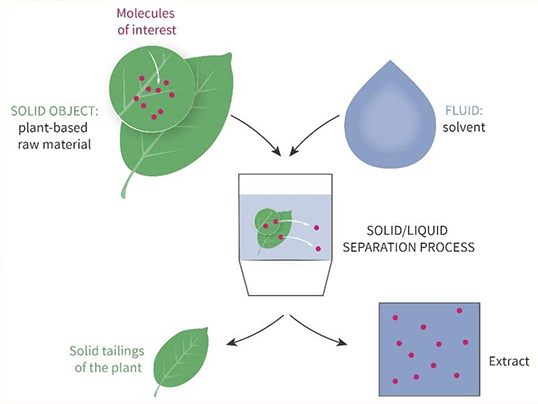
- Distillation with steam – the most commonly used method. Here the oils are separated from the plant by steam. They rise to the top, condense and are then collected in a container. The right temperature plays an important role regarding the essential oils’ quality. While the gain is greater at higher temperatures, the quality suffers accordingly. Good quality can be achieved by slow distillation, ensuring that as many molecules of interest of the plant as possible, can pass into the oil obtained.
- Pressing is particularly suitable for citrus fruits, as the essential oils are located in the plant peels. In this process the peel is broken mechanically, and the essences are extracted.
- Enfleurage represents the oldest method of obtaining essential oils. It is mainly used in flowers and is based on the ability of fats to absorb the evaporating oil of the flowers. Finally, the essences are removed from the fat with the aid of alcohol. This method is mainly used in the production of parfums.
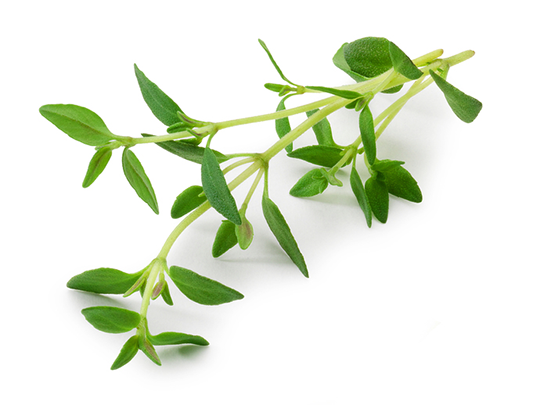
Quality first
Many factors can have an impact on the quality of a plant extract. Quality and purity are decisive criteria for the effectiveness and price of essential oils. It is crucial for the quality of the essences that the plants grow up without pesticides, are harvested at the optimum time and are obtained by the correct, appropriate extraction process. Furthermore, there is often considerable variation in the quality depending on climate, cultivation practices or geographical origin. Of course, this makes it all the more difficult to guarantee the consistent quality of the extracts. High quality essences consist of 100 percent aromatic plant ingredients. Though the amount of plant which is needed to obtain one kg of essential oil varies very strongly. For instance, in Melissa up to 12,000 kg herbs are needed, whereas the creation of certain rose oils only requires 3-4,000 kg of petals.
Nevertheless, extraction is a very exciting and effective form of using the power of mother nature in a concentrated way. Regarding plant derived alternatives in todays feed industry, extracts like essential oils are indispensable – quite the contrary! They are of steadily increasing interest amongst specialists, scientists and consumers. And perhaps from now on, you will consider your morning cup of tea not just as a cup of hot water with a pleasant aroma and a good taste – it is much more than this, it is full of precious, powerful plant ingredients. It’s crammed with nature. Taste it.

Elisabeth Rohrer
After her study in agriculture sciences at the university of natural resources and life sciences in Vienna, Elisabeth joined the Delacon team in December 2013 as Technical Communications Manager - a position, she always exerted with pleasure. Since 2021, her task areas have been extended and thus, she is also supporting colleagues in writing offside the technical focus as Content Manager. Elisabeth describes herself as a great animal and nature lover and prefers to spend her free time high up in the mountains with her little family, away from the hustle and bustle.










